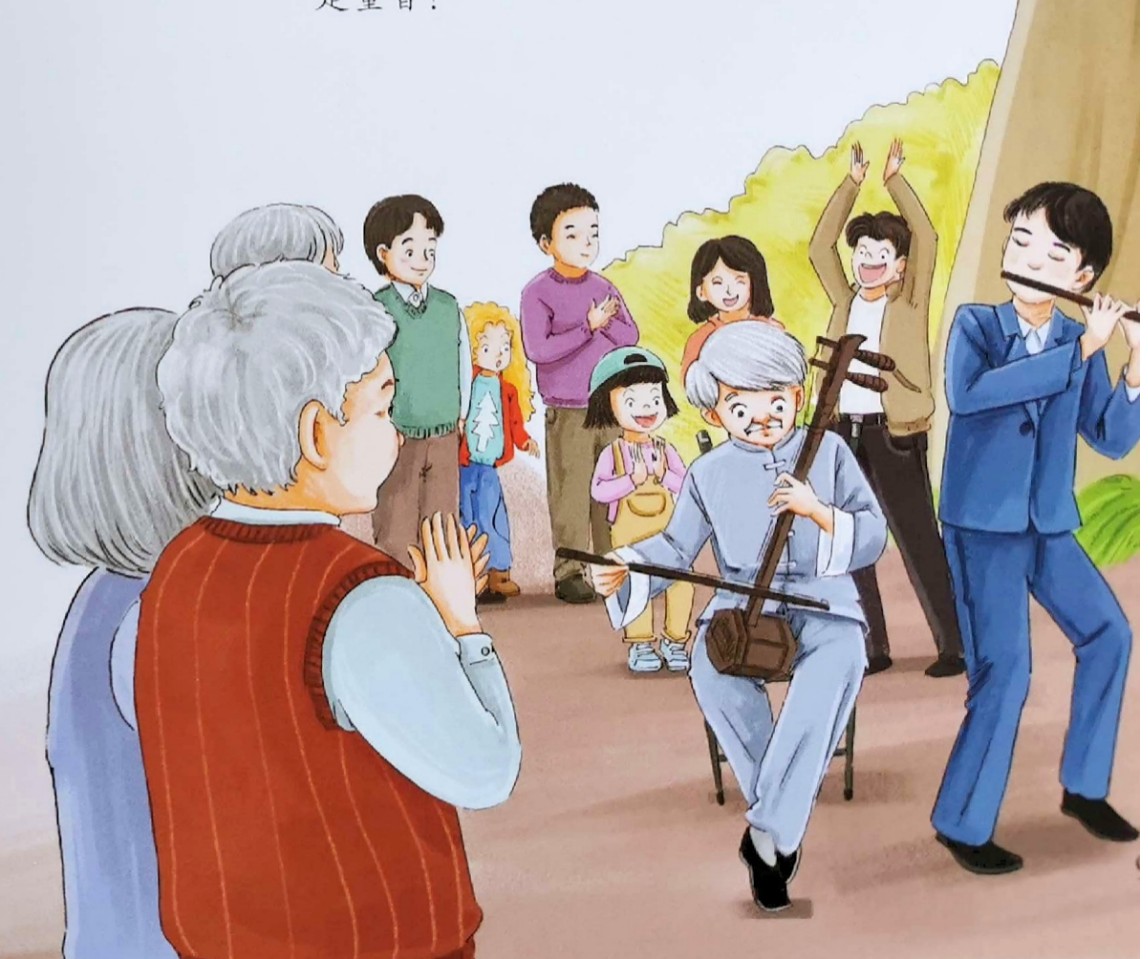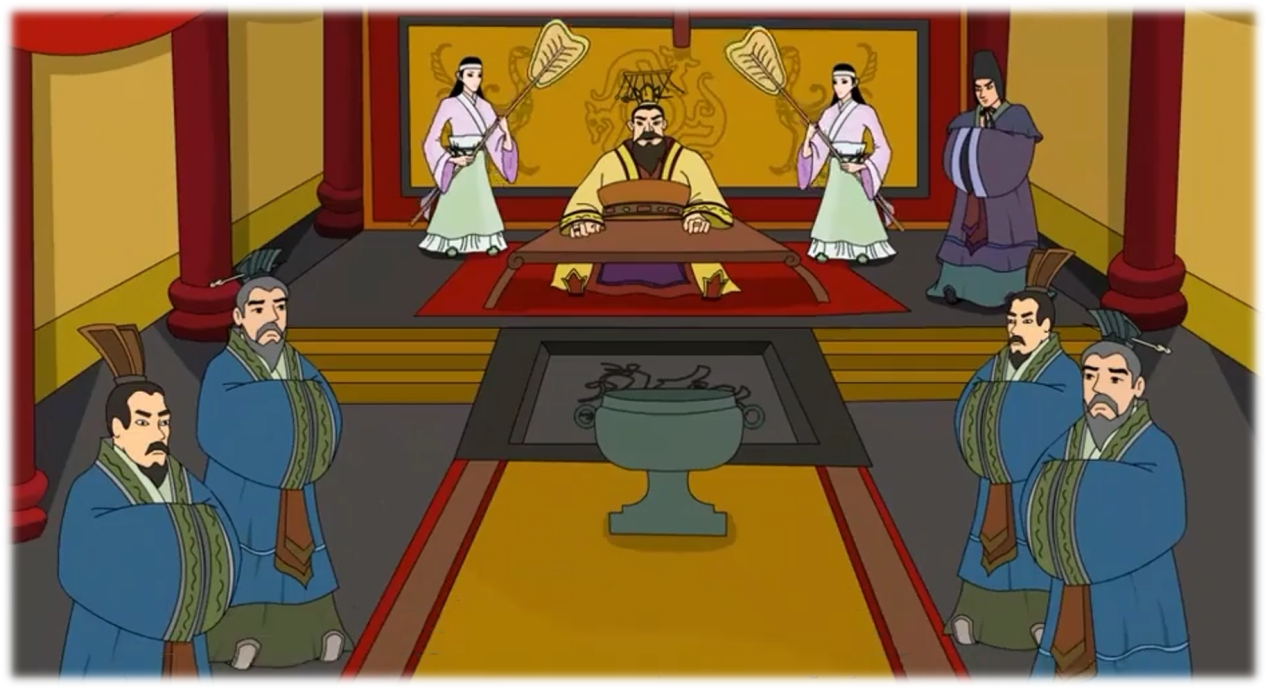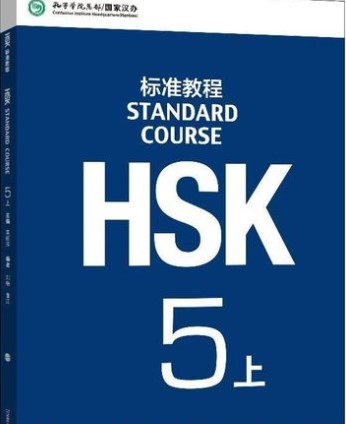
Test students' mastery of HSK1-6 in four dimensions: listening, speaking, reading and writing.
In listening and reading dimensions, different levels of HSK1-6 are mainly distinguished by different levels of vocabulary and different complex sentence structures. There are 3 questions at different levels of HSK1-6, namely 18 listening questions and 18 reading questions.
In the dimension of speaking, it mainly examines whether the pronunciation of specific syllables is correct.
In the dimension of writing, we mainly examine the basic knowledge about the structure and writing of Chinese characters, and will not examine text writing for the time being.
We mainly determine students' Chinese level according to the test results of listening and reading. The test results in the dimension of speaking and writing should be considered when arranging the course content.

An overview on Chinese
What are the main features of Chinese language? This course will give you a quick view on it and the clue of what are the items to which you should pay special attention.


The stories of Chinese idioms have a long history and are rich in cultural heritage. Most of them originate from ancient classics, historical stories, or folk legends, such as "Marking the Spot Where the Sword Fell" which warns people not to be stuck in preconceptions, and "Mending the Fold After a Sheep Is Lost" which teaches people to make timely amends for mistakes. These idioms convey profound philosophies and wisdoms vividly and concisely, becoming treasures in the linguistic treasury of the Chinese nation. By studying the stories of idioms, we can not only appreciate the wisdom and humor of the ancients but also subtly improve our language expression ability and cultural literacy.

From the earliest recorded Xia Dynasty to the end of the Qing Dynasty, the last feudal dynasty in China, this course is divided into two series of major historical figures and major historical events with relatively simple texts, enabling learners to understand the basic history of China through reading Chinese at an acceptable level of difficulty. The language level of historical stories fully considers the current Chinese proficiency of learners, making the reading interesting and easy.


Combining with the graded reading needs of non-native Chinese learners, we carefully select interesting nursery rhymes, poems and short essays in Chinese primary school Chinese textbooks as learning materials, absorb a lot of experience in traditional Chinese language teaching, and select content with distinctive Chinese cultural characteristics.


